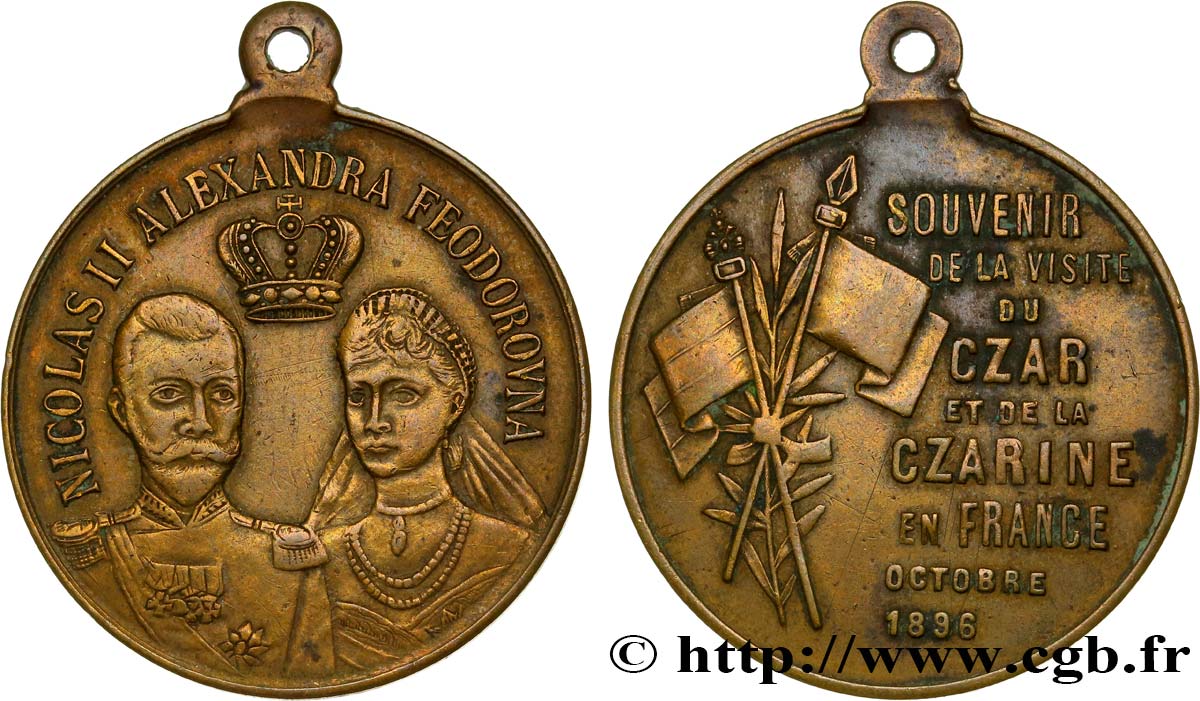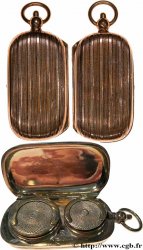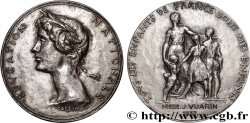E-auction 260-183714 - fme_366334 - III REPUBLIC Médaille de la visite du Tsar en France
You must signin and be an approved bidder to bid, LOGIN TO BID. Accounts are subject to approval and the approval process takes place within 48 hours. Do not wait until the day a sale closes to register. Clicking on « bid » constitutes acceptance of the terms of use of cgb.fr private e-auctions.
Bids must be placed in whole Euro amounts only. The sale will start closing at the time stated on the item description; any bids received at the site after the closing time will not be executed. Transmission times may vary and bids could be rejected if you wait until the last second. For further information ckeck the E-auctions F.A.Q.
NO BUYER'S FEE.
NO BUYER'S FEE.
| Estimate : | 90 € |
| Price : | 19 € |
| Maximum bid : | 28 € |
| End of the sale : | 09 April 2018 18:41:30 |
| bidders : | 6 bidders |
Type : Médaille de la visite du Tsar en France
Date: 1896
Mint name / Town : France / Russie
Metal : bronze
Diameter : 34,5 mm
Orientation dies : 12 h.
Weight : 10 g.
Edge : lisse
Coments on the condition:
Médaillette commémorative en bel état avec bélière d’origine. Patine brune, légèrement tachée au revers
Obverse
Obverse legend : NICOLAS II ALEXANDRA FEODOROVNA.
Obverse description : Le tzar et la tzarine en buste ; une couronne entre deux.
Reverse
Reverse legend : SOUVENIR DE LA VISITE DU CZAR ET DE LA CZARINE EN FRANCE OCTOBRE 1896.
Reverse description : Deux drapeaux réunis par leur hampe, avec une branche de laurier.
Commentary
L'allié principal de la Russie, à cette époque, est toujours la France, depuis la signature de l'alliance franco-russe, ratifiée par Alexandre III de Russie en 1893. Des visites officielles bilatérales s'effectuent à un rythme régulier : d'abord la visite du jeune couple impérial en France, en octobre 1896, qui est un triomphe et au cours de laquelle Nicolas II inaugure le Pont Alexandre-III à Paris, ensuite la visite en 1897 du président Félix Faure, puis la seconde visite de Nicolas II en France en 1901, auquel répond celle du président Émile Loubet à Saint-Pétersbourg en 1902.
.
.








 Report a mistake
Report a mistake Print the page
Print the page Share my selection
Share my selection Ask a question
Ask a question Consign / sell
Consign / sell
 Full data
Full data



